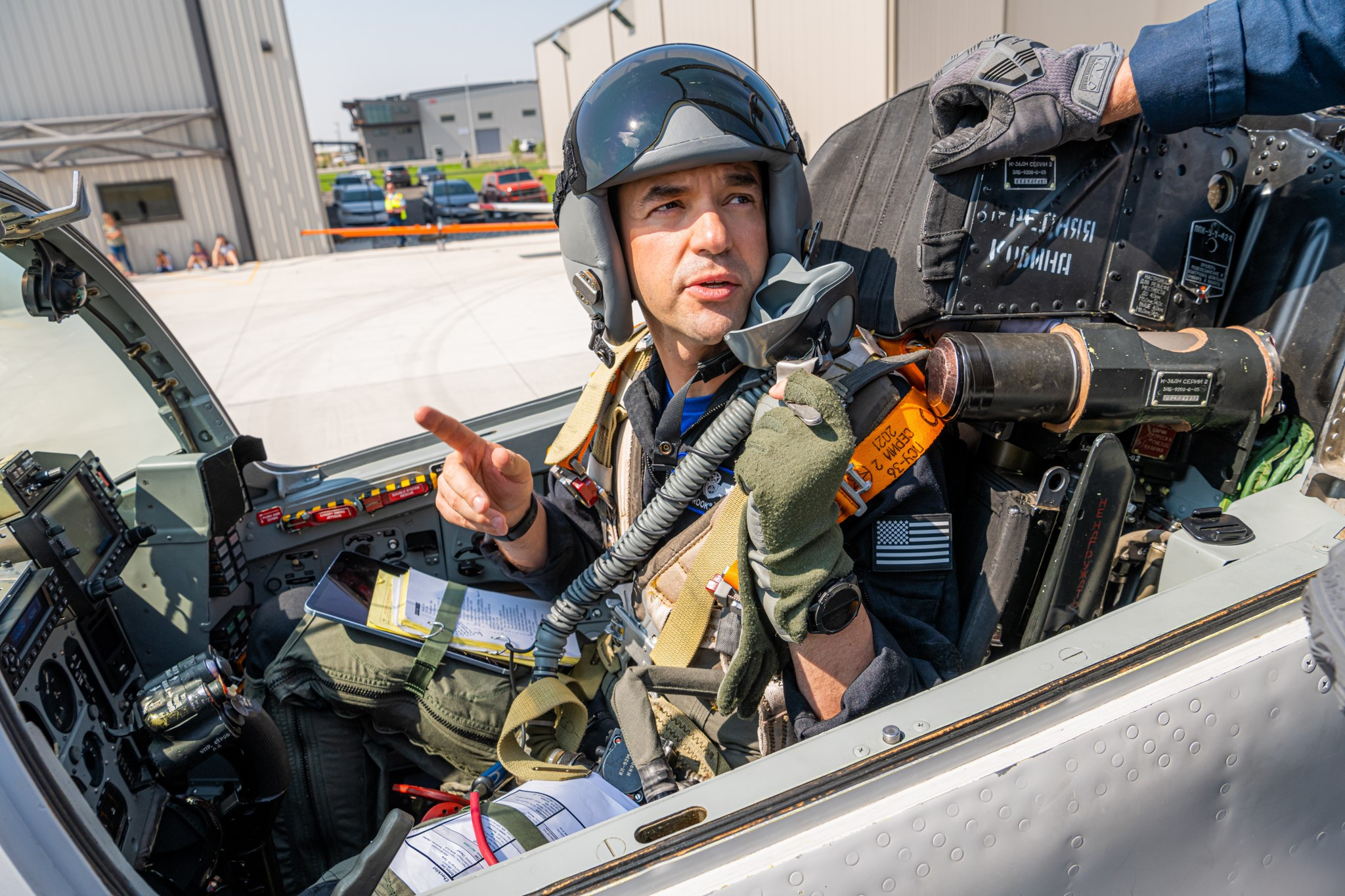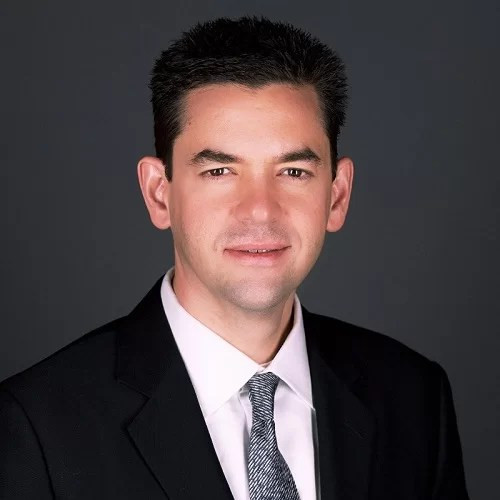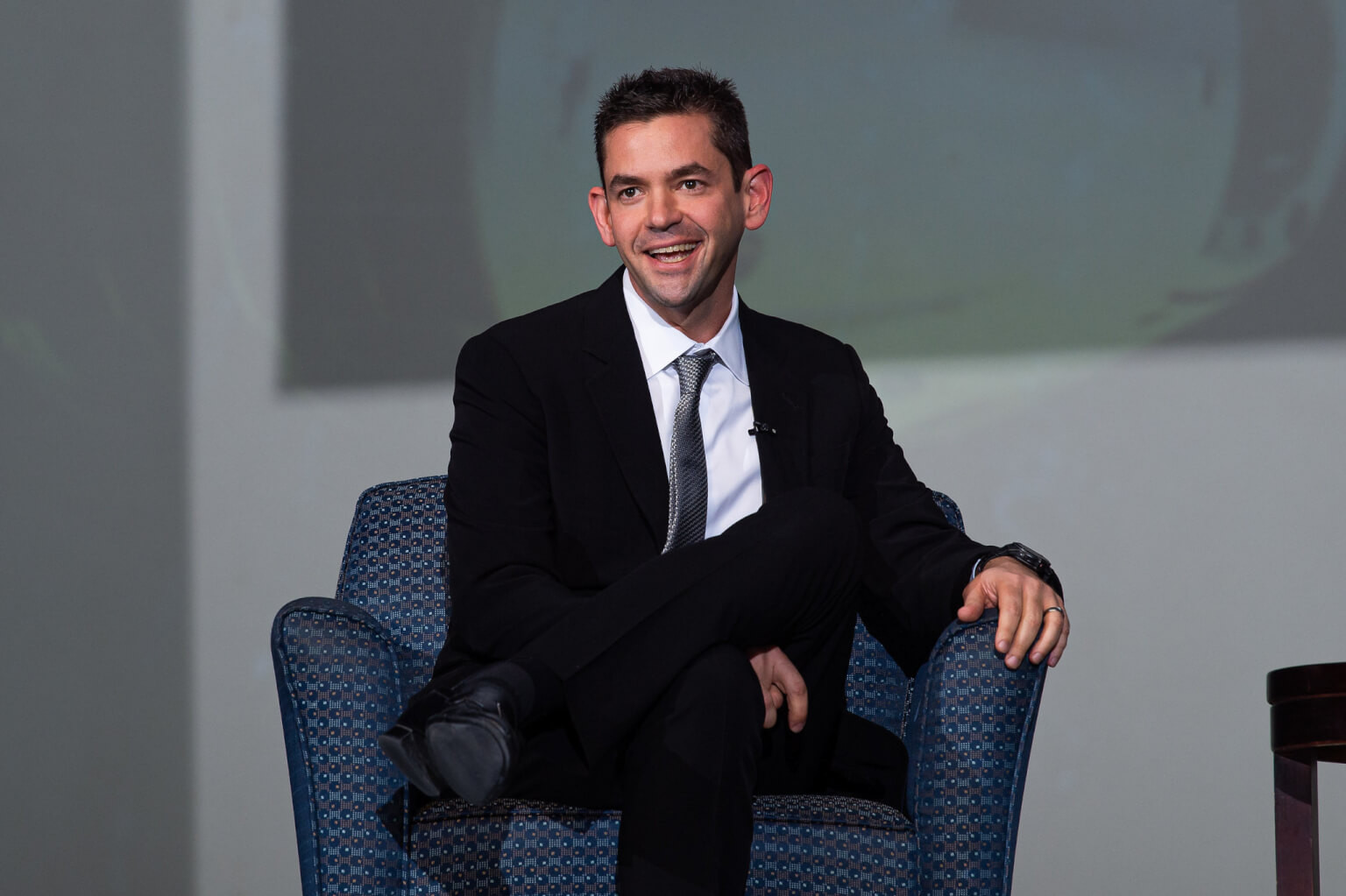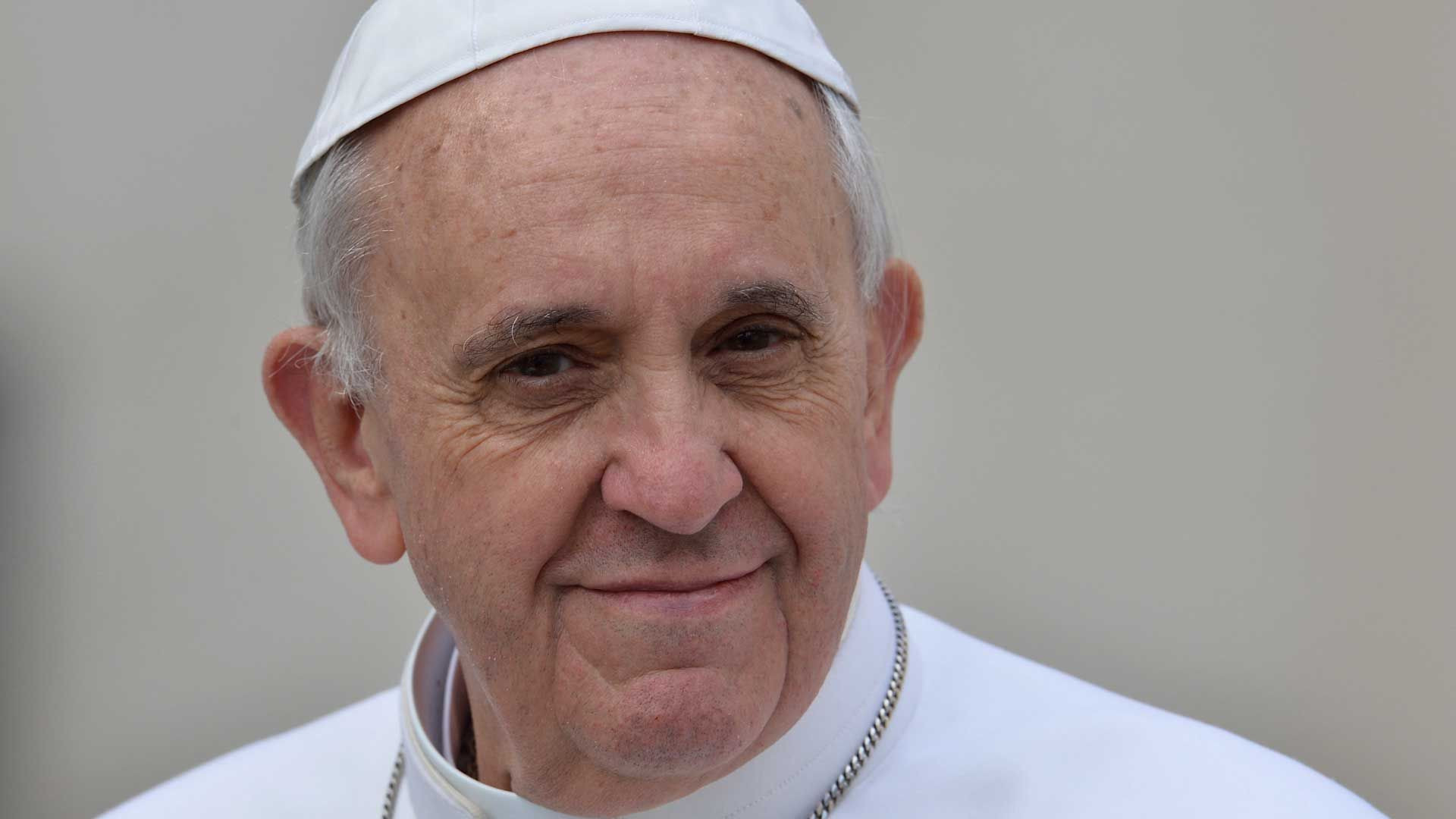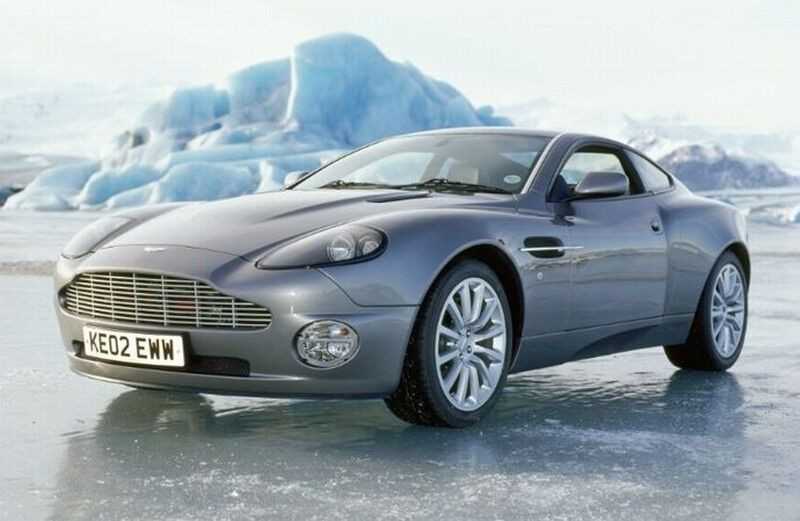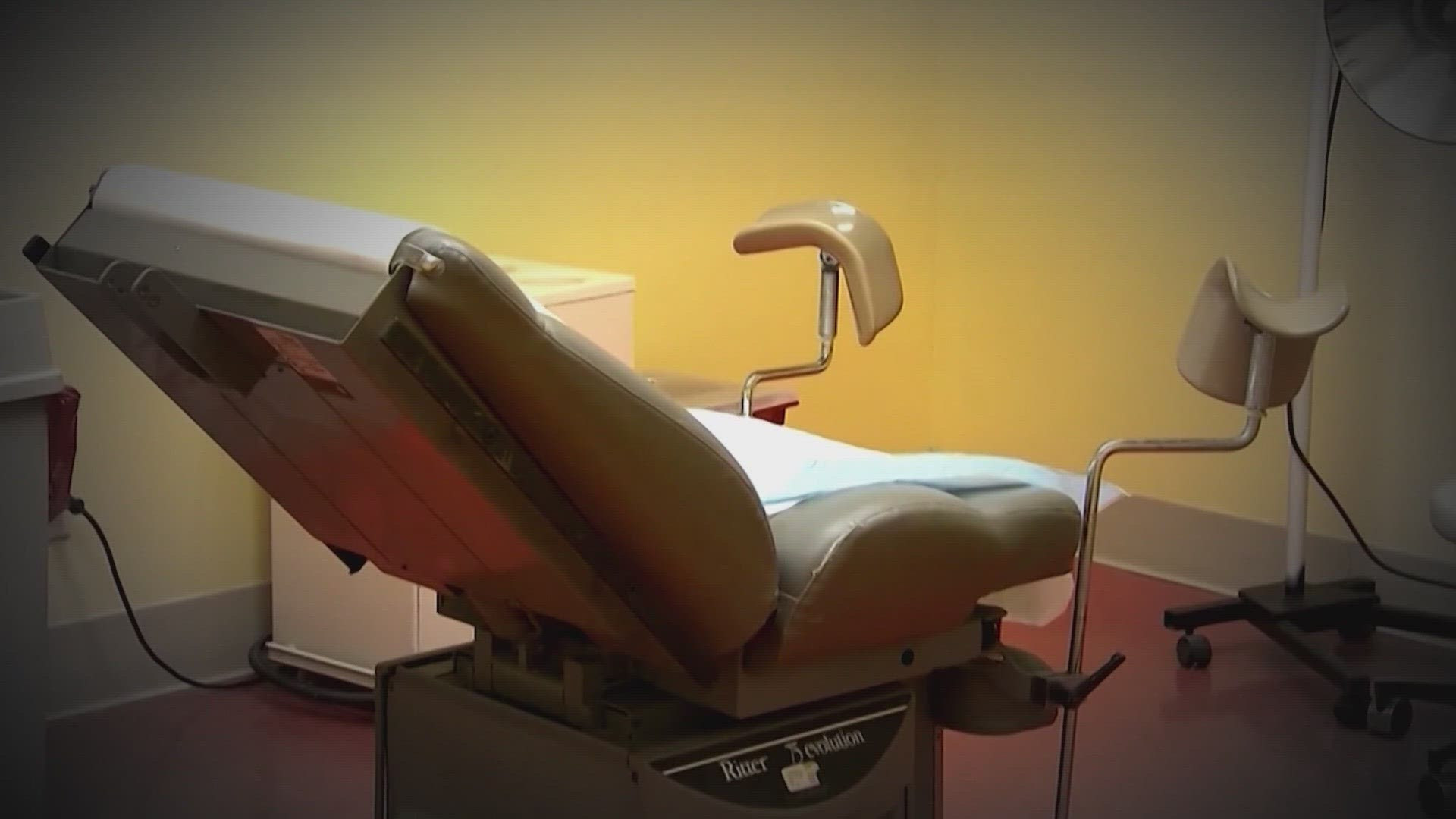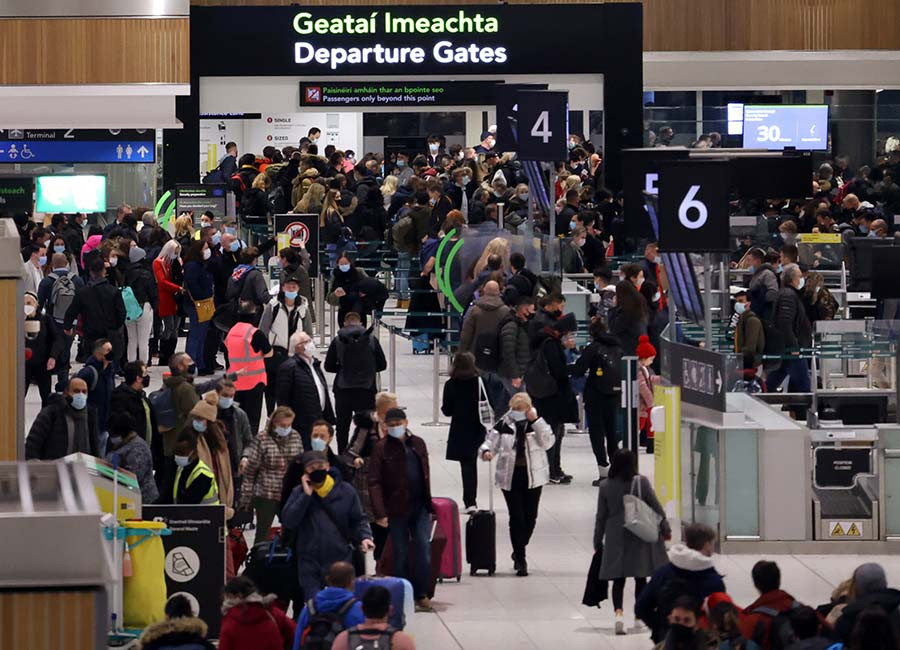American entrepreneur and billionaire Jared Isaacman became the first non-professional astronaut to walk in space on Thursday. The 41-year-old bankrolled the Polaris Dawn mission that launched him and three others into space aboard a SpaceX Crew Dragon spaceship. Worth an estimated $1.9bn (£1.46bn), Mr Isaacman made his fortune from payment processing company Shift4 Payments, which he founded in 1999 aged 16.
Stepping out into space for his first time on Thursday, the businessman said: “Back at home we all have a lot of work to do. But from here Earth sure looks like a perfect world.”
Jared Isaacman was already a funder and participant in the first fully commercial spaceflight, in SpaceX’s Inspiration4 mission in 2021. He was launched into orbit, flew for three days and then splashed down into the ocean.
But now he is also the first ever person to take part in a commercial spacewalk, as part of the Polaris Dawn mission this week. That saw him shot into space, up to heights of 1,400km away from the Earth, and then conduct a spacewalk – which is more formally referred to as extravehicular activity, or EVA – from the SpaceX capsule that carried him there.
Mr Isaacman did not get into space like those other pioneers that went before him. His space career did not come after a glittering career in the air force or as a scientist, for instance.
Instead, his journey into space really starts when he was just 16, in 1999, when as a high-school dropout he founded a company then called United Bank Card and began life as its chief executive.
He is still the CEO of that company. But it has changed dramatically: now known as Shift4 Payments and calling itself a “global leader in financial technology”, it processes more than 260 billion dollars in payments each year, it says, and it has made Mr Isaacman a billionaire.
He took the company public in 2020. His net worth is now thought to be more than $2 billion.
The money from that success has taken Mr Isaacman repeatedly to the skies. He is qualified to fly aircraft including military jets, and has set record in them for travelling around the world.
He has also combined those interests. As well as running Shift4, he founded Drake International, which leases fighter jets that previously flew with the military.
But much of the world came to know Mr Isaacman in 2021, when he announced his Inspiration4 mission with SpaceX. While he paid for the trip, he gave away the other three seats in the craft: one went to professor and science communicator Sian Proctor, one to healthcare worker and cancer survivor Hayley Arceneaux and another went to Christopher Sembroski, whose friend won the seat in a charity raffle but had to give it away because he did not satisfy the weight restrictions.
SpaceX does not disclose what it charges for its space tourism trips, and Mr Isaacman has not said how much he has spent on the journeys. But it is likely to be in the hundreds of millions.
Mr Isaacman has used the trips not only to bolster his flight credentials, but also as charity exercises. Inspiration4 raised more than $250 million for St Jude Children’s Research Hospital.
He still lives in New Jersey – where he grew up – with his wife and two daughters. His partner, Monica, grew up in the same town – and seemingly shares his interest in flying and other daredevil pursuits, though she has not yet taken part in a mission to space.
The First Private Spacewalk
The spacewalk was the highlight of the Polaris Dawn mission, which launched from Florida on Tuesday. The mission is the first of three that Isaacman is funding with SpaceX, and it aims to test new technologies and conduct research, with the ultimate goal of sending humans to Mars.
SpaceX engineer Sarah Gillis also did a spacewalk after Isaacman returned. Ms Gillis, the violinist-turned-aerospace-engineer, is the Polaris Dawn's mission specialist.
The spacewalk was a historic event, as it was the first time that a non-professional astronaut had ever conducted a spacewalk. It was also a risky undertaking, as the SpaceX capsule does not have a safety airlock and the spacesuits were slimmer than those worn by NASA astronauts.
The spacewalk was a success, and it showed that private companies can now play a major role in space exploration. Isaacman and Gillis's achievement is a testament to the power of human ingenuity and ambition.
Looking Ahead
The Polaris Dawn mission is just the beginning of Isaacman's ambitious plans for space exploration. He has said that he wants to help make space travel more accessible to everyone. He also wants to use his missions to push the boundaries of what is possible in space. With his drive and determination, it seems that Isaacman is just getting started.
The mission itself is a significant step forward for private space exploration. It shows that private companies can now play a major role in space exploration. The Polaris Dawn mission is also a testament to the power of human ingenuity and ambition. The fact that Isaacman, a high school dropout, was able to achieve such a feat is an inspiration to us all.
The next two missions in the Polaris program are expected to be even more ambitious. Mission II will build upon the technology and research conducted on Polaris Dawn, while Mission III will be the first human spaceflight on Starship, SpaceX’s new fully reusable transportation system that is designed to carry both crew and cargo to Earth orbit, the Moon, Mars, and beyond. The next two missions are sure to push the boundaries of what is possible in space even further.
While there are many problems on Earth in need of money to solve them, many others celebrate this as a boundary broken – saying this is what innovation and enterprise looks like. Government space agencies want private companies to shoulder the financial burden of expensive space travel, as humans get closer to permanent settlements on the Moon, or more Mars exploration. And – as well as the symbolic achievement of taking humans further than any programme since the Apollo missions in the 1970s – the Polaris programme is also doing science. In one case, they have teamed up with the US Air Force Academy to investigate low-Earth orbit botany. In short, that’s how microgravity and fungus affect root growth, so we can understand plant growth for providing food on the Moon or Mars. They also claim it could improve plant growth and food production on Earth.




